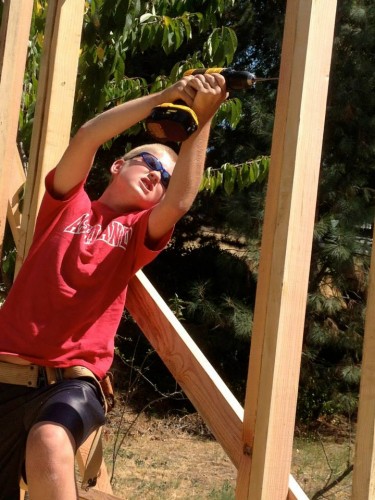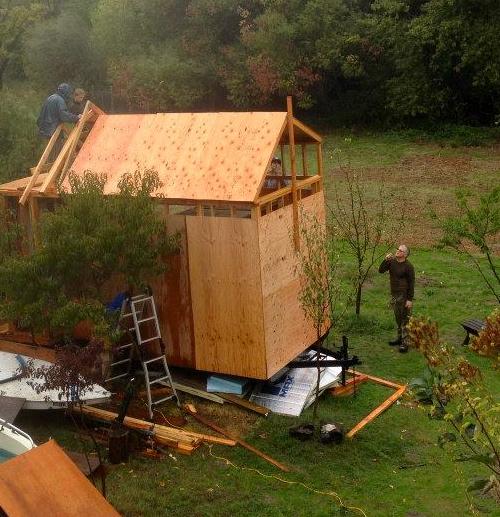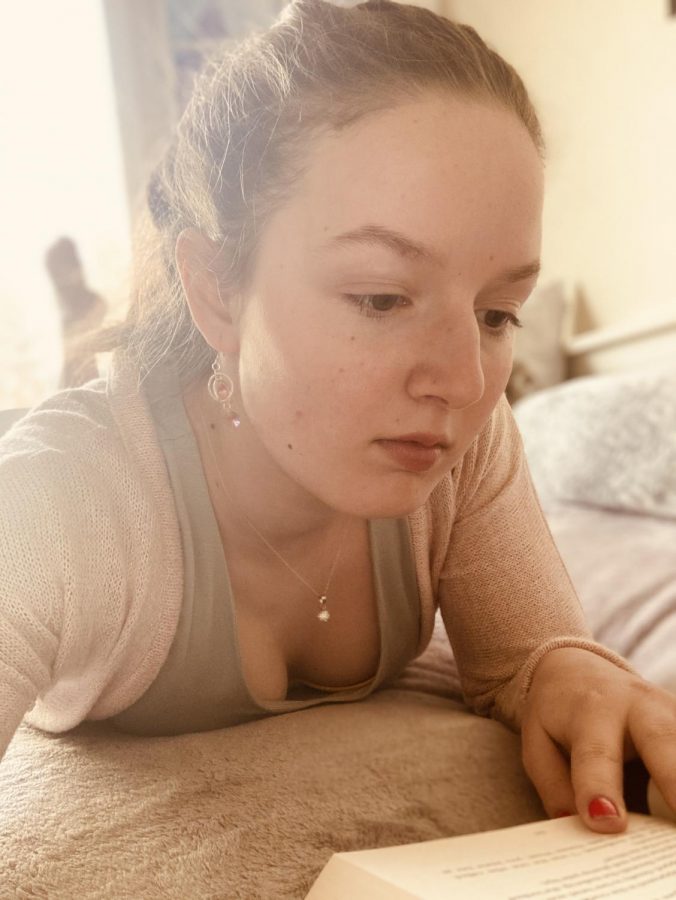Ashland High School’s very own Brayden Preskenis is joining a “tiny” movement that is sweeping the nation. The freshman has decided to build his very own tiny home. According to the Tiny Life, a website pushing this movement, a tiny home is between 100 and 400 square feet. While the average American home is 2600 square feet, tiny home creators like Preskenis are belittling the idea that more is better.
While these tiny homes are going down in size, the amenities they have are not lacking. The home Preskenis is making will include two lofts, a bathroom and a kitchen. More impressive is the fact that this house will be just 16 feet by 8 feet. That means his square footage is only 5% of the American average. An outstanding 128 square feet is all it takes up.

Like many, Preskenis got the idea for this project by simply watching a YouTube video. There are hundreds of tiny house videos on YouTube, some of them exceeding two million views. The movement really got kick-started in 2005 when Hurricane Katrina hit. After the storm passed, many were left without a home and could not afford to buy a new place. To compensate for the number of homeless people in New Orleans, FEMA brought in disaster trailers. While these trailers were better than having nowhere to go, they lacked the comfort of a real home. That is where tiny houses came in. The houses combined all the needs of hurricane victims. Tiny homes are both affordable, and most importantly, as comfy and homey as the homes the victims lost.
After Katrina, the nation started to take notice of this trend. Soon many recently graduated college kids began to build tiny homes. Next to catch on were those who had their houses foreclosed. Due to the relatively cheap cost, it is uncommon for tiny homes to have a mortgage. Now people don’t need a reason to have a tiny home because some are seeing that the positives of having one of these homes is greater than having a big house with an even bigger mortgage. Preskenis’s reasoning for building his personal house: he says he likes building and designing things. After it is complete, Preskenis says he will “hopefully live in it.”




